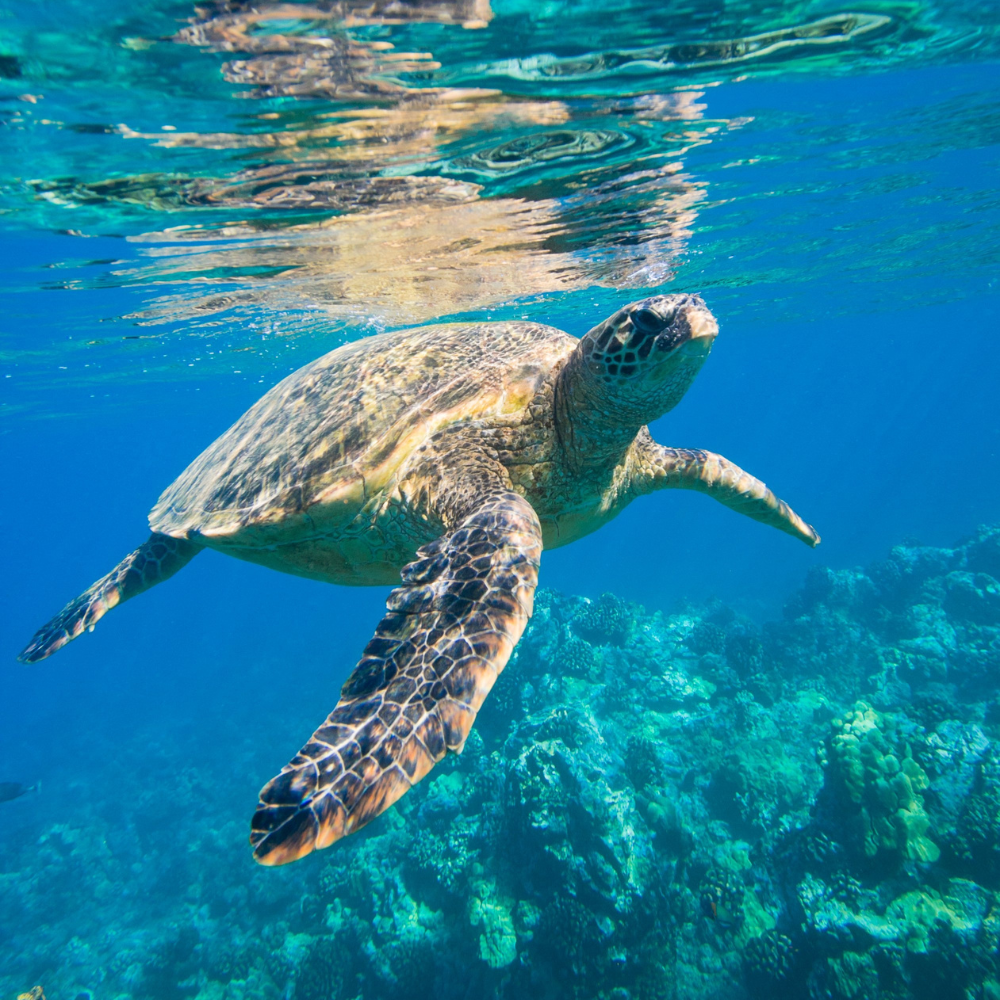Nestled along the South Carolina coast, Cape Romain National Wildlife Refuge stands as a pristine haven for countless species of flora and fauna. One of its most cherished residents is the loggerhead sea turtle (Caretta caretta), an ancient mariner that returns to these sandy shores each year to continue its age-old nesting rituals. In this article, we explore the critical role of Cape Romain in supporting loggerhead sea turtle nesting and the conservation efforts undertaken to protect these majestic creatures.
The Nesting Grounds of Loggerhead Sea Turtles
The Cape Romain National Wildlife Refuge provides an essential nesting habitat for loggerhead sea turtles, attracting them from the vast Atlantic Ocean. From May through August, female loggerheads return to the beach where they were born to lay their eggs. Under the cover of darkness, they emerge from the water, navigating their way through the sand to find a suitable nesting spot above the high tide line.
Once the nest is dug, the female deposits her eggs, typically around 100 to 120 per clutch, before carefully covering them with sand and returning to the ocean. After approximately two months of incubation, tiny hatchlings emerge and instinctively make their way towards the moonlit sea, guided by the natural light reflected on the water.
Conservation Efforts to Protect Loggerhead Sea Turtles
Cape Romain National Wildlife Refuge plays a vital role in the conservation of loggerhead sea turtles, ensuring the survival of these magnificent creatures for future generations. Numerous efforts are undertaken to safeguard the nesting and hatching process, mitigating the threats posed by human activities and environmental challenges.
1. Nest Monitoring and Protection: Dedicated teams of biologists and volunteers carefully monitor nesting sites, locating and documenting each nest. These nests are then cordoned off with protective barriers to prevent accidental damage or disturbance by beachgoers.
2. Public Awareness and Education: Cape Romain promotes public awareness through educational programs, outreach initiatives, and interpretive displays. By educating visitors about the nesting process and the importance of protecting these endangered species, the refuge fosters a sense of stewardship and responsibility within the community.
3. Artificial Lighting Mitigation: Loggerhead hatchlings use natural light cues to navigate to the ocean. Artificial lights from coastal developments can disorient the hatchlings, leading them away from the sea. To combat this issue, the refuge employs low-impact lighting practices to minimize interference during the hatching process.
4. Research and Data Collection: Ongoing research is conducted to better understand loggerhead sea turtle nesting patterns, migratory routes, and population dynamics. This data-driven approach helps inform conservation strategies and ensures effective management of the refuge.
5. Marine Debris Cleanup: Marine debris, particularly plastic, poses a significant threat to sea turtles. Cape Romain participates in regular beach cleanups to remove harmful debris from nesting areas, enhancing the nesting environment for these gentle giants.

Cape Romain National Wildlife Refuge serves as a sanctuary for loggerhead sea turtles, supporting their ancient nesting rituals and contributing to their continued survival. By actively engaging in conservation efforts, such as nest monitoring, public education, and habitat protection, the refuge helps safeguard these magnificent creatures for future generations.
As visitors and stewards of this unique coastal treasure, it is crucial for all of us to embrace responsible practices while enjoying the beauty of Cape Romain. By doing so, we can contribute to the preservation of loggerhead sea turtles and their natural habitat, ensuring that their nesting grounds remain a thriving sanctuary for years to come. Together, we can support the loggerhead sea turtle nesting efforts at Cape Romain Wildlife Refuge and celebrate the coexistence of humans and these remarkable marine species.


